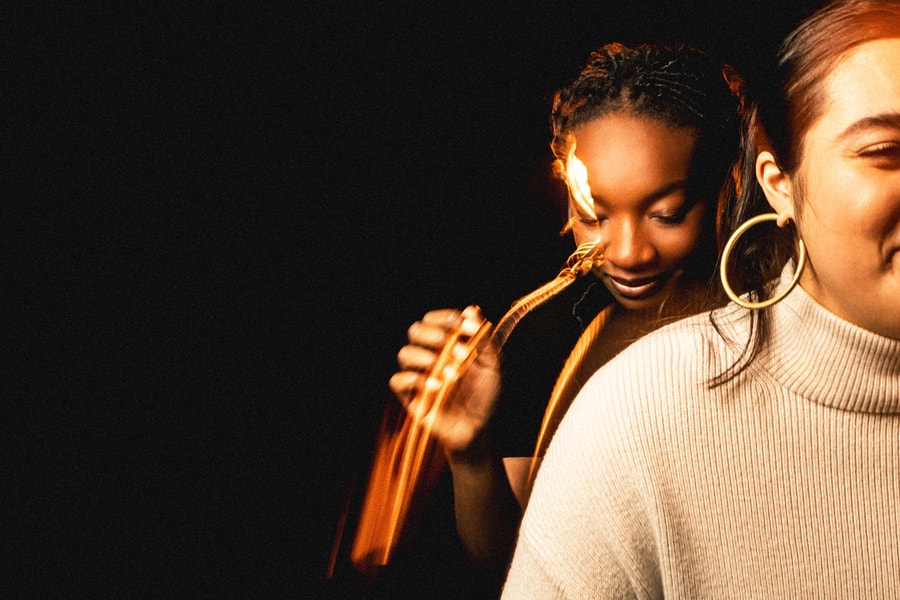I am not a teacher, nor do I currently work in the field in which I was ostensibly trained (film production, for the record). So I would say I have very circumscribed authority on the subject of education, let alone theatre training, which is the theme of most of the stories in this issue, from high school theatre programs to graduate conservatories, from issues of censorship and safety to questions of mentorship and craft.
As with most aspects of the industry and art form I’ve spent my life writing about, what I do know of theatre training I have learned as a reporter and informed observer. One area I’ve kept a particular eye on is the natural tension or continuum between knowledge and freedom, or what might be called imitation vs. imagination. Put simply: Is the primary job of educators to prepare students for the world they will enter as professionals, or to equip them with the tools to keep dreaming beyond the confines of the world as it is? One consistent lament I have heard over the years from theatre students is that they feel they don’t get enough trade advice; they learn more about how to break down a script than about breakdowns, more about theatre history than career math. But another note I’ve heard loud and clear, particularly but not only in recent years, is that theatre schools too often replicate the industry’s harmful status quo—that in preparing students for the “realities” of a racist, sexist, ableist, and lookist business, schools just end up reifying and ratifying those realities.
In 2018, we published a speech the playwright A. Rey Pamatmat gave to college students and artistic professionals at the Humana Festival. It was mainly directed to the students, with real talk about how they could make their way in a hostile world and why it was nevertheless worth the struggle. But the part of the speech he directed to educators stuck with me: While Rey conceded that many of his theatre professors had had the best of intentions, and thought they were simply being “honest and realistic” when they tried to box in his queer, bicultural body and sensibility, he challenged “all those educators and future educators listening right now” to “consider whether it’s best to subject your students to bigoted systems, possibly for the first time in their lives, or to teach them about bigoted systems and how to handle them. The former shows them (and their peers witnessing their treatment) how to perpetuate bigotry when they’re leaders in the field themselves, while the latter gives them and their peers strategies for navigating and maybe even eliminating these challenges.” In other words, he said: “Do you want to limit your students or liberate them?”
The stories in this issue show an industry and art form intent on throwing off, or at the very least working around, the limitations of historic assumptions and oppressions. Gabriela Furtado Coutinho’s piece about healing high school spaces—the tender cradle where so many theatre dreams have been born, only to be crushed—grounds and guides our coverage, whether of acting training, design mentoring, critical instruction, or the unique value of HBCU theatre programs. Gabriela’s piece (spoiler alert) concludes with Cristina Pla-Guzman’s image of students lighting each other’s candles to illuminate the way forward (also the inspiration for Joe Mazza’s beautiful cover photo).
That strikes me as an apt metaphor for the tricky balancing act we’re addressing in many of these stories: how to maintain the fire of inspiration, and pass it along safely to new generations, without anyone getting burned (or burning out). I’m not sure that balance can be taught. But it can certainly be learned.
Rob Weinert-Kendt (he/him) is the editor-in-chief of American Theatre.


